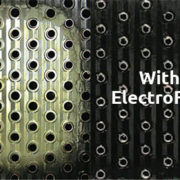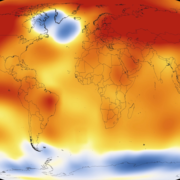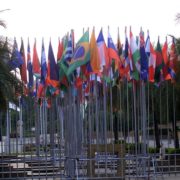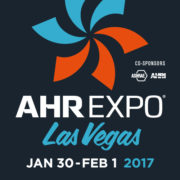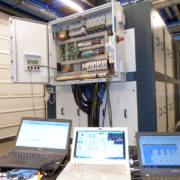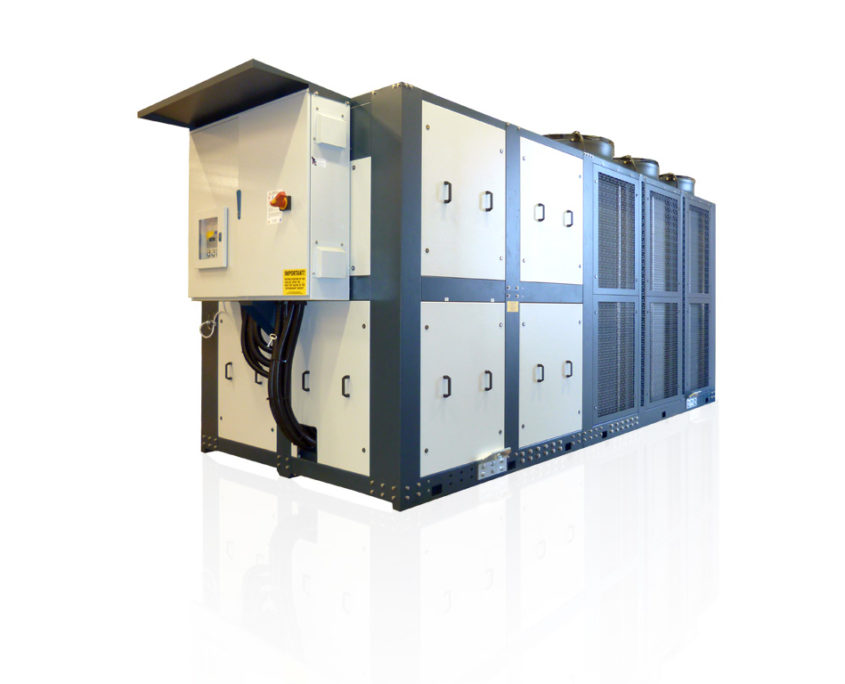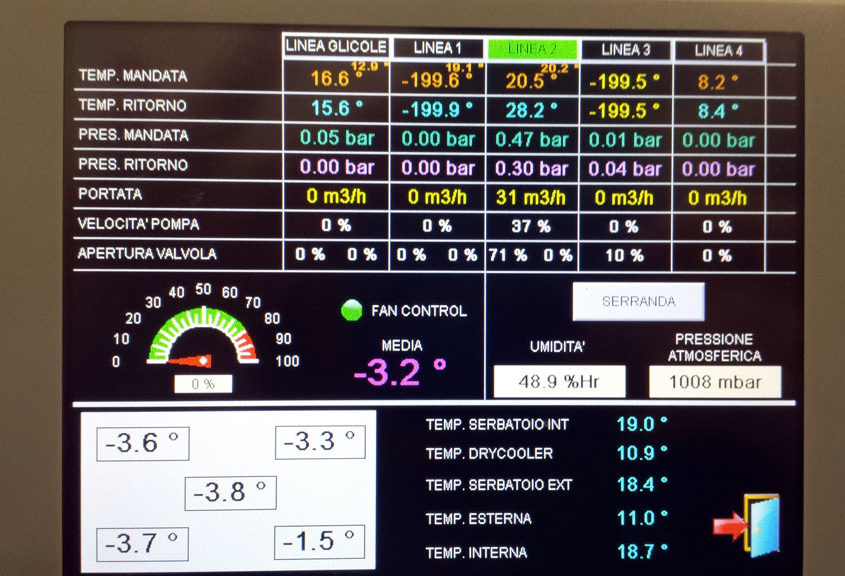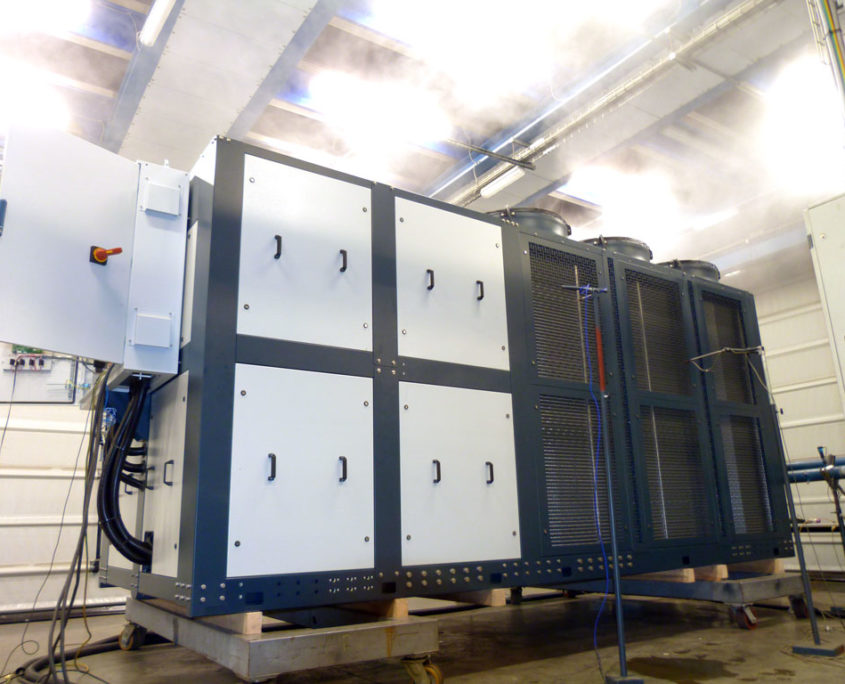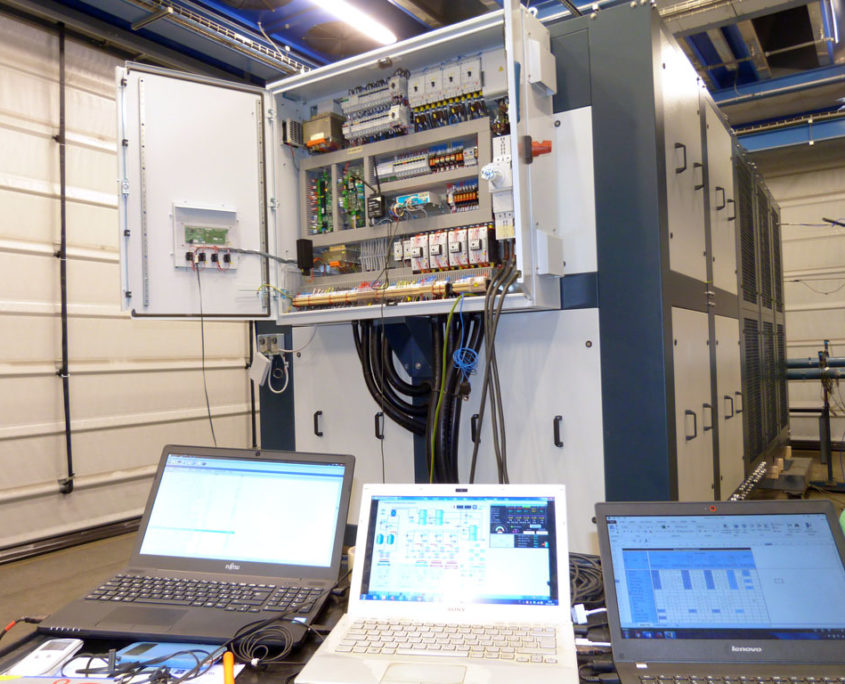Our solution to stop corrosion, even in high risk conditions
One of the aspects that should be always taken into consideration in HVAC industry is prevention of damages and deterioration of components.
In particular, corrosion often affects heat exchangers and can lead to performance loss and failure.
To avoid or delay corrosion and its effects, in addition to standard coatings, we can provide a special coating solution for all applications and environmental conditions with very high risk of corrosion.
This special coating is ELECTROFIN, a factory-applied electro-deposition coating process that guarantees complete heat exchanger coverage. The coil is immersed in a bath. Here the coil acts as a magnet and attracts the coating to every surface. The result is a thin, flexible, durable, corrosion-resistant coating.
Main feature of this special coating is that, whereas other coating processes fail in covering the entire surface, especially in particular structures such as microchannel or round tube plate coils, ELECTROFIN coating penetrates deep into the 100% of coil surfaces, covering all edges and filling all cracks.
Learn more about this special coating treatment and see the difference with other coating solutions: https://www.geoclima.com/electrofin/

